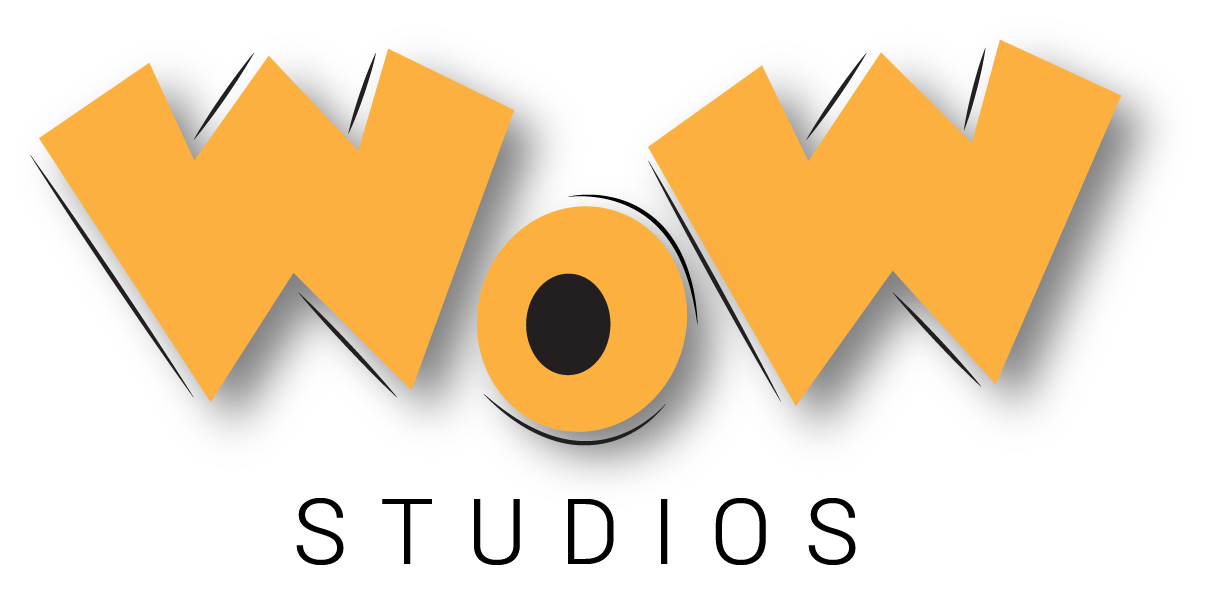Design Tips
When it comes to design, especially if you are a beginner, it’s best to adhere to the less is more philosophy. I know it can be tempting to go wild and combine 5 different fonts and lots of images however this usually just ends with the design looking cluttered and confusing. To make something both eye-catching and effective at delivering your message there are a few basic design tips that will help.
WHITE SPACE
Try not to fill your whole page with stuff. The viewers eye needs to be able to rest as it moves around the design to take everything in and process your message. Don’t be afraid to leave empty space around your elements. Not only will it make your design less cluttered, but it will also help the important elements to stand out.

HAVE A POINT OF FOCUS
Before you start your design, give the elements a hierarchy. Work out what is the most important piece of information and make sure that stands out. For example, if you’re creating a poster for an event, you would probably want the name to be the standout element. Make sure it’s the largest text element on the page and make it big and bold so it stands out.
You can also group elements together to give them importance. Using our event example, you could group the date, time, and location together or perhaps the ticket information. By grouping them together you’re indicating to the viewer to read those elements at the same time and drawing attention to them. By using a similar but smaller bold font you provide the viewer with clues to the order in which the elements should be read.

GIVE YOUR DESIGN BALANCE
You want the viewers eye to move around your design with ease. Rather than crowd one part of the design make sure you spread the elements throughout your composition. You can do this several ways, through use of colour or size, by spreading the elements out symmetrically or asymmetrically, putting one big element at the top and a few smaller ones at the bottom or by using the rule of thirds (rather than putting your main design element in the centre, shift it left or right and up or down and add a smaller counter element on the opposite corner).
Make sure also, when you place your elements on the page that you do it logically so that your message is clear. Try not to make the viewer jump all over the page to find out all the information, instead the eye should flow around the design and each element should lead into the next.ple you should be well on your way to creating a design that catches the attention of your viewer and delivers your message clearly.

LESS IS MORE
Try to minimize the number of different fonts, font sizes and colours you use in your design. When you limit your selection to just two or three fonts or colours your creating repetition and giving your design cohesiveness. This also makes it easier to create your focal point. If you use just one or two typefaces and use them consistently as header font and body font your message is delivered more clearly. To further enhance this, limit your font sizing to just two or three sizes as well. The largest should be the most important information as it will catch the eye first. Remember each time you add a new font or colour you risk confusing your viewer.

MAKE YOUR DESIGN POP
In order for your design and the elements with it to stand out you need to consider contrast. For example, black text on white writing. The eye is able to focus clearly making it easy to read. If your colours or the tone of your colours are too similar it can be difficult to make elements stand out or be legible. Consider also bold versus regular text and colour choices. By ensuring you have significantly different colours you are helping the eye to discern what is important on the page and where to focus.

If you stick to these simple design tips and remember to keep it simple you should be well on your way to creating a design that catches the attention of your viewer and delivers your message clearly.
Want some design tips specific to creating presentations. Check out our Creating Great Presentations blog post.
BACK TO OUR BLOG


About the Author
Alysha is a seasoned graphic designer and brand educator with over a decade of experience in marketing and design. She specializes in crafting bold, unique brand identities, publication designs, and impactful presentation revamps. Working primarily with small and medium-sized businesses, she partners with entrepreneurs who seek a long-term design collaborator who truly understands their brand, audience, and business goals. While she serves a wide range of industries, she has a particularly strong presence in financial services, investor relations, and the creative entrepreneurial space.
Beyond design, Alysha is passionate about educating small business owners on the power of branding. Through her blog, she shares expert insights on design, brand strategy, and proactive marketing—helping business owners stand out, build credibility, and attract their ideal customers. Her brand education work focuses on guiding women entrepreneurs over 40 in understanding their competitors, defining their audience, clarifying their brand’s deeper purpose, and developing a compelling brand personality and messaging.
With a friendly, efficient, and results-driven approach, Alysha ensures her designs and branding strategies are not only visually compelling but also strategically aligned to help businesses thrive.

